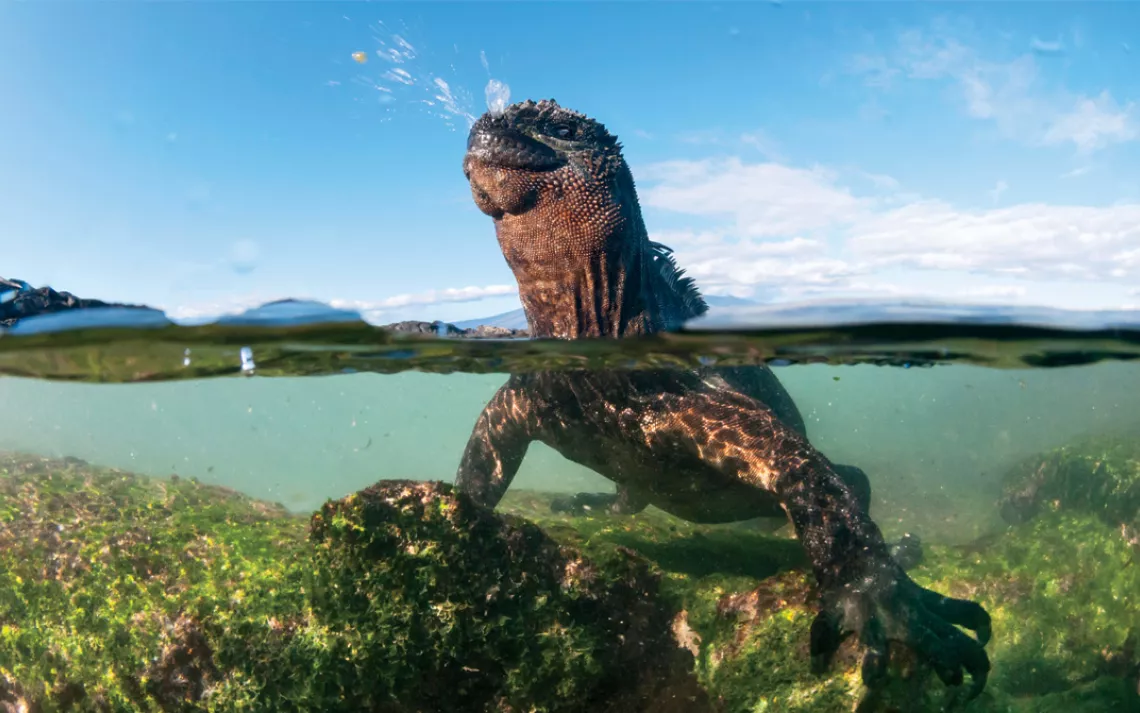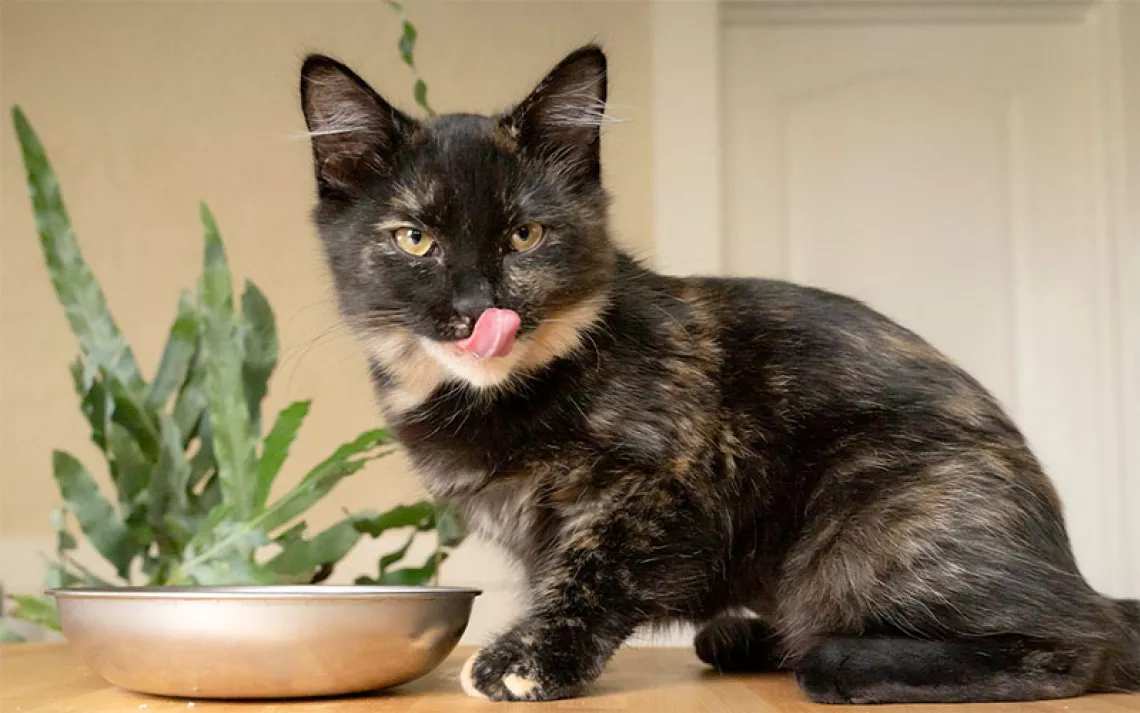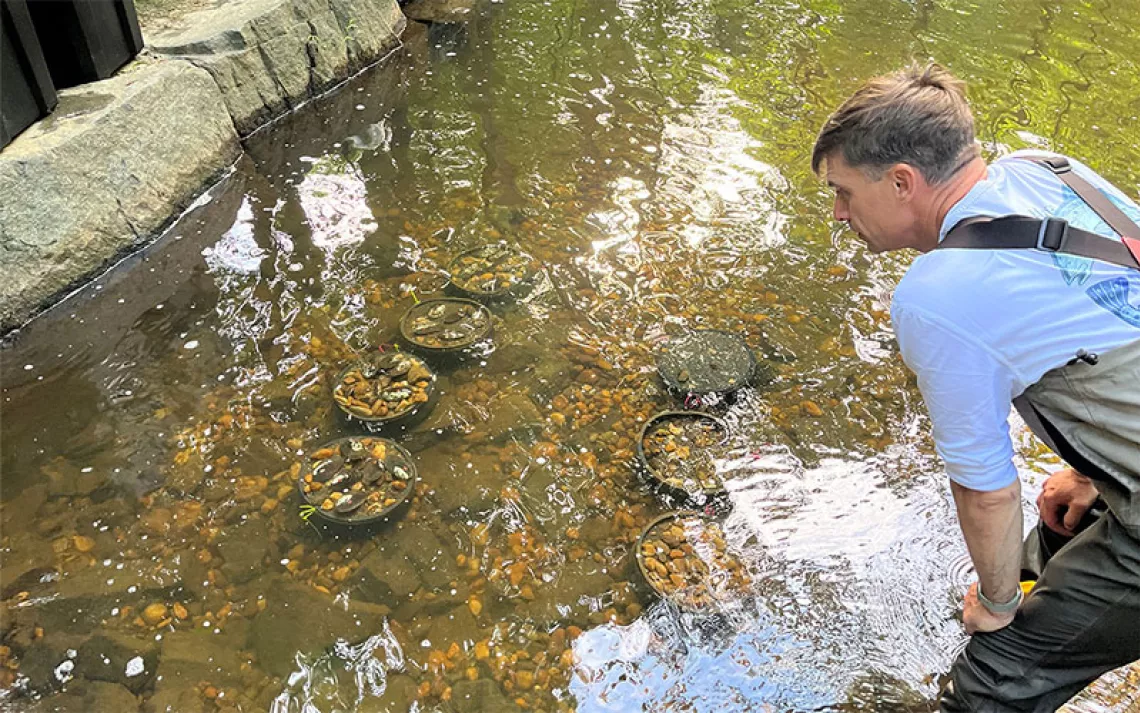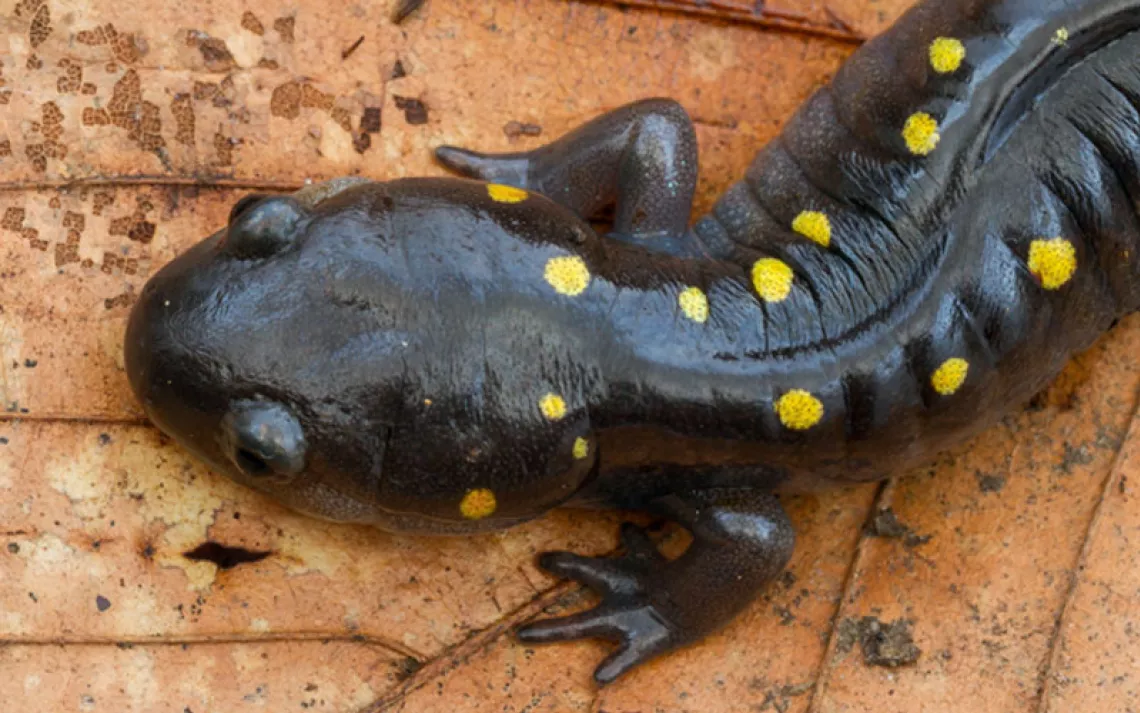Marine Iguanas: "Imps of Darkness"
The Galápagos Islands' marine iguanas are ugly, incredible, and in danger.

Galápagos marine iguanas sneeze to purge excess salt they ingest when feeding in the sea. | Photo by Tui De Roy/Minden Pictures
The marine iguanas of the Galápagos Islands laze in giant crowds, dragging their bloated bodies over one another. They scrape their sharp teeth against rocks. And they swim out to sea, sometimes in groups, where they forage for algae near the ocean floor.
Marine and terrestrial iguanas descended from the same distant ancestor but have since diverged significantly. There are seven seafaring subspecies, varying in coloration and size, with each island home to at least one. Their foreleg bones are heavier than those of their landlocked cousins, helping them dive, and they have special glands to filter and expel excess salt via projectile sneezes.
Captain James Colnett of the British Royal Navy maligned "guanas" in his 1798 Journals, describing them as "small and of a sooty black, which if possible, heightens their native ugliness. Indeed, so disgusting is their appearance that no one on board could be prevailed on to take them as food." A few decades later, Darwin piled on the criticism. "The black lava rocks on the beach are frequented by large, most disgusting, clumsy lizards.... Somebody calls them 'imps of darkness.'" Darwin reported that a "seaman on board sank one, with a heavy weight, thinking to kill it directly; but when, an hour afterwards, he drew up the line, it was quite active."
Though sadistic sailors are now kept at bay by strict "no touch" rules, marine iguanas face a major threat from feral cats. Efforts are underway to spay and neuter local pets.
WHAT YOU CAN DO
Help Darwin Animal Doctors (darwinanimaldoctors.org), a nonprofit that spays and neuters Galápagos cats and dogs for free.
 The Magazine of The Sierra Club
The Magazine of The Sierra Club



